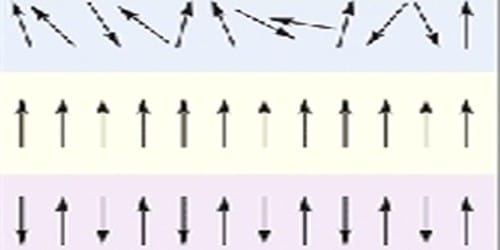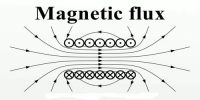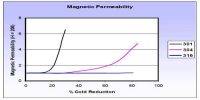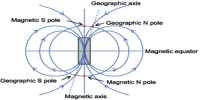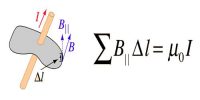Ferromagnetic materials are usually used for nonvolatile information storage in tapes, hard drives, etc. They are used for two main technological applications: (i) as flux multipliers forming the nucleus of electromagnetic machines, and (ii) as stores of either energy (magnets) or information (magnetic recording). They are also used for information-processing due to the interaction of electric current and light with magnetic order. Iron, nickel, and cobalt are examples of ferromagnetic materials.
Uses of ferromagnetic materials
(i) Permanent magnets
The ideal material for making permanent magnets should possess high retentivity (residual magnetism) and high coercivity so that the magnetization lasts for a longer time. Examples of such substances are steel and alnico (an alloy of Al, Ni, and Co).
(ii) Electromagnets
The material used for making an electro-magnet has to undergo cyclic changes. They have some unpaired electrons so their atoms have a net magnetic moment. They get their strong magnetic properties due to the presence of magnetic domains. Therefore. the ideal material for making an electromagnet has to be one that has the least hysteresis loss. Moreover, the material — should attain high values of magnetic induction B at low values of magnetizing field H. Soft iron is preferred for making electromagnets as it has a thin hysteresis loop (Figure) [small area, therefore less hysteresis loss] and low retentivity. It attains high values of B at low values of magnetizing field H.
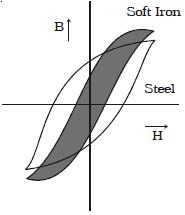
(iii) The core of the transformer
A material used for making transformer core and choke is subjected to cyclic changes very rapidly. Also, the material must have a large value of magnetic induction B. Therefore, soft iron that has a thin and tall hysteresis loop is preferred. Some alloys with low hysteresis loss are radio-metals, pern-alloy, and mumetal.
(iv) Magnetic tapes and memory store
The magnetization of a magnet depends not only on the magnetizing field but also on the cycle of magnetization it has undergone. Thus, the value of magnetization of the specimen is a record of the cycles of magnetization it has undergone. Therefore, such a system can act as a device for storing memory.
Ferro magnetic materials are used for coating magnetic tapes in a cassette player and for building a memory store in a modern computer.
Examples : Ferrites (Fe, Fe2O, MnFe2O4 etc.).
There are wide applications of ferromagnetic materials in devices like electric motors and generators, transformers, telephones, loudspeakers, magnetic recording devices, such as cassette tapes, floppy discs for computers, and the magnetic stripe at the back of credit cards.
